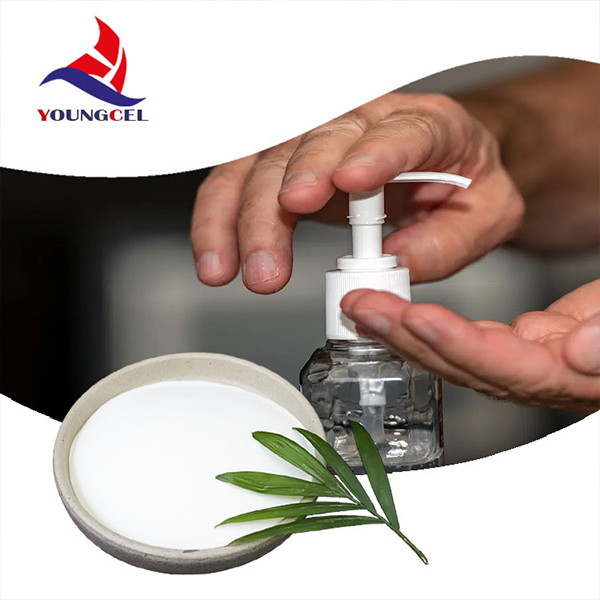Understanding Cellulose and its Derivative Hydroxypropyl Methylcellulose (HPMC)
Cellulose is a natural polymer that forms the structural component of the primary cell wall of green plants, algae, and some fungi. It is the most abundant organic polymer on Earth and is mainly composed of glucose units linked by β-1,4-glycosidic bonds. Due to its unique properties, cellulose has found numerous applications across various industries.
Among the many derivatives of cellulose, Hydroxypropyl Methylcellulose (HPMC) is one of the most important and widely used. HPMC is a modified cellulose that undergoes chemical alteration to improve its solubility and performance in different environments. It is created by reacting cellulose with both propylene oxide and methyl chloride, resulting in a compound that possesses properties of both cellulose and the added functional groups.
Understanding Cellulose and its Derivative Hydroxypropyl Methylcellulose (HPMC)
In the pharmaceutical sector, HPMC serves multiple functions. It is used extensively in the production of capsules, where its film-forming ability allows for the creation of strong and durable capsules. Additionally, HPMC is employed in controlled-release formulations, enabling the gradual release of medications within the body, ultimately enhancing therapeutic efficacy and reducing side effects associated with conventional formulations. Its biocompatibility and non-toxicity further cement its position as a preferred excipient in drug development.
celulose hpmc

Beyond food and pharmaceuticals, HPMC finds applications in construction, cosmetics, and agriculture. In construction, it is often incorporated into cement and plaster mixtures, improving workability, adhesion, and water retention. The cosmetic industry utilizes HPMC in creams and lotions to create smooth textures and stabilize emulsions. Moreover, in agriculture, HPMC is used as a water-retaining agent in soil conditioners, promoting enhanced plant growth and drought resistance.
The global demand for HPMC continues to rise, driven by its versatile applications and the increasing preferences for natural and sustainable ingredients. As the world shifts towards eco-friendly alternatives, HPMC stands out due to its biodegradable nature, derived from renewable resources. This characteristic aligns well with the trends in sustainability that are becoming a priority for many manufacturers worldwide.
However, despite its many benefits, there are challenges associated with the production and use of HPMC. The synthesis process requires careful control of temperature and reactions to ensure optimal performance and characteristics. Furthermore, the quality of HPMC can vary based on the source of cellulose and the conditions under which it is modified. Therefore, advancements in manufacturing processes and quality control measures are essential to meet the growing market expectations and maintain product efficacy.
In conclusion, cellulose and its derivative, Hydroxypropyl Methylcellulose, play crucial roles across diverse industries. HPMC, with its multifunctional properties, is an exemplary representation of how natural polymers can be optimized for modern applications. As innovations continue to emerge and sustainability becomes more critical, the future of HPMC looks promising, paving the way for more integrated and eco-conscious solutions in manufacturing and product development.
-
Premium Detergent Grade HPMC Hydroxypropyl Methylcellulose: Superior Thickening & StabilityNewsAug.31,2025
-
HEC 100000 Hydroxyethylcellulose for Paint | Superior ThickeningNewsAug.30,2025
-
Wall Putty Rdp Powder Packaging DesignNewsAug.29,2025
-
Introduction to Hpmc Hydroxypropyl Methyl CellulosNewsAug.29,2025
-
Hpmc Industri Grade IntegrationNewsAug.29,2025
-
How to Choose the Right Construction AdhesiveNewsAug.29,2025




